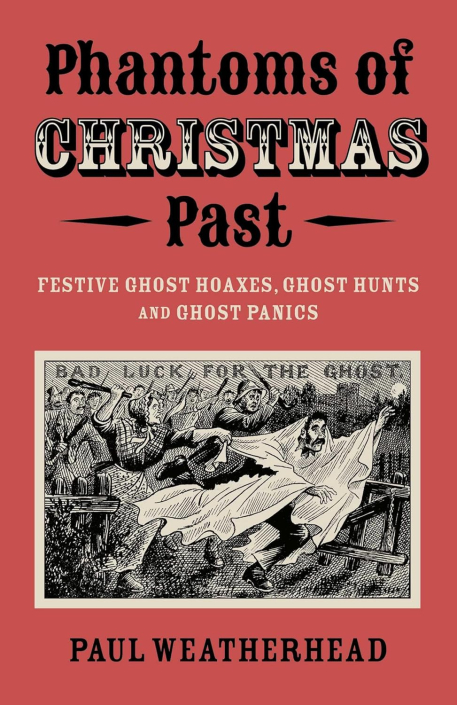
Reviewed by Peter G. Maxwell-Stuart
It is an interesting phenomenon that, at a time when materialism and dismissal of any reality beyond the confines of the purely physical hold general sway, people are still not altogether sure, beyond all possible doubt, that there may not be states of existence or modes of reality beyond those available to the five bodily senses. Reactions to organised religion may be boldly dismissive, but to suggestions of survival of some kind after death, people are rather more hesitant. Ghosts pluck at the mind in a particular way, a mixture of unease and reluctant willingness to consider the possibility that there might be something the physical sciences have failed to explain. Paul Weatherhead’s book, offered partly in a spirit of entertainment and partly in serious vein as a brief record of certain little-explored social phenomena from the late nineteenth and early twentieth centuries, is derived largely from newspaper records and reveals a social psychology at once alien and timeless.
The entertainment value is well to the fore. Here are twelve ghost stories, breezily told, but resting upon the author’s careful research, which include five hoaxes, three poltergeists, and one or two oddities, principally from England, although Scotland does furnish one example drawn largely from the Dundee Evening Post. The ghosts are all male, although one – Nurse Matilda from Rochford – appears to be female until she is unmasked as a man. One ghost from 1921 is regal, that of King Richard III. Others, such as the Hammersmith Monster and the Islington Ghost, were vicious and attacked anyone who came too near them. The Calverley Ghost harks back to a murder committed in 1605 but resurfaces in 1872 and again in 1904. Poltergeists in Peterborough (1891), Brierley (1902), and Uxbridge (1921), behave true to form, and Islington (1891) resulted in what the local gazette saw as a vulgar riot in Hackney churchyard, with crowds of ghost-hunters scrambling to chase down anything ghostly they saw or pretended to see.
Weatherhead has done his homework and produced a small collection of varied incidents, all of which, sooner or later, made their way into the newspapers. This says a lot - how many public scares or private scares turned public because of people’s seeing ghosts make the newspapers these days? – and means that this book is more than simple entertainment but provides a useful resource for social historians and others with an interest in such phenomena. Weatherhead has also refrained to an encouraging extent from seeking to explain away the incidents he is describing. To be sure, he mentions ‘sleep paralysis’ more than once, but does not dwell on it as the inevitable or only explanation for some of these ghostly experiences. All in all, therefore, he entertains and informs his readers by his carefully-balanced approach, for which he is to be thanked.
Dr Peter G. Maxwell-Stuart is Senior Tutor at the University of St Andrews.

